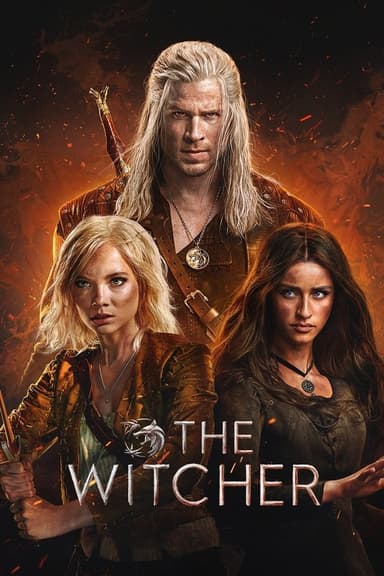
The Count of Monte Cristo
2025 • Action & Adventure, Drama
Edmond Dantes, a sailor falsely accused of treason, is imprisoned in the Château d'If off Marseille. After escaping, and adopting the identity of the Count of Monte Cristo, he plans revenge against those who wrongly accused him.
Why you should read the novel
While the 2025 TV series may dazzle with its visuals and fast-paced plotlines, the original novel, The Count of Monte Cristo by Alexandre Dumas, offers a depth of narrative and character exploration that no adaptation can entirely capture. Dumas’s prose weaves rich historical detail with psychological complexity, immersing the reader in a world of betrayal, justice, and redemption that unfolds gradually and thoughtfully. By reading the novel, you gain access to the meticulously crafted motives, backstories, and subtleties that are often condensed or omitted on screen.
Discovering the original book also means encountering its authentic 19th-century context: the political upheavals, the codes of honor, and the nuances of society that Dumas so expertly brings to life. Through reading, you participate in a timeless conversation about fate, vengeance, and forgiveness, guided by the author’s robust and evocative language. These insights may be overshadowed or accelerated in a visual adaptation focusing more on action than introspection.
Moreover, reading The Count of Monte Cristo provides the satisfaction of experiencing a literary masterpiece in its authentic form. While the TV series may reinterpret or modernize certain elements to suit contemporary tastes, the novel’s enduring allure comes from Dumas’s intricate plotting and the profound themes that resonate across generations. Embracing the book allows you to appreciate the source in its full richness, enjoying not just the story but the art of storytelling itself.
Adaptation differences
One of the most noticeable differences between the 2025 adaptation and Dumas’s original novel is the pace and structure of the narrative. The book spans several decades, allowing the protagonist’s transformation and schemes to unfold slowly, with intricate subplots and a large cast of characters. The TV series, in its limited episodic format, necessarily streamlines events, often condensing timelines, merging characters, or skipping over minor story arcs to maintain a brisk, viewer-friendly pace.
Another key difference is the depiction of certain characters and their relationships. The show may choose to modernize character motivations or provide more agency to female characters, updating relationships to reflect contemporary sensibilities. In contrast, the original novel portrays its characters within the social and cultural restrictions of 19th-century France, leading to differences in their behavior, dialogue, and outcomes compared to their on-screen counterparts.
The adaptation may also take creative liberties with themes and tones, perhaps focusing on romantic or action-driven elements over the philosophical and moral explorations found in the book. Scenes showcasing Dumas's critical view of justice, revenge, and redemption may be reinterpreted or downplayed to favor dramatic spectacle or plot twists more suited to modern television audiences.
Lastly, the series may introduce original subplots or characters not present in the source material or alter the resolution of key storylines to offer surprises for readers familiar with the novel. While adaptations often strive to capture the spirit of the book, they inevitably reflect the priorities and tastes of their own time, creating both fresh excitement and points of departure from Alexandre Dumas’s timeless masterpiece.
The Count of Monte Cristo inspired from
The Count of Monte Cristo
by Alexandre Dumas














